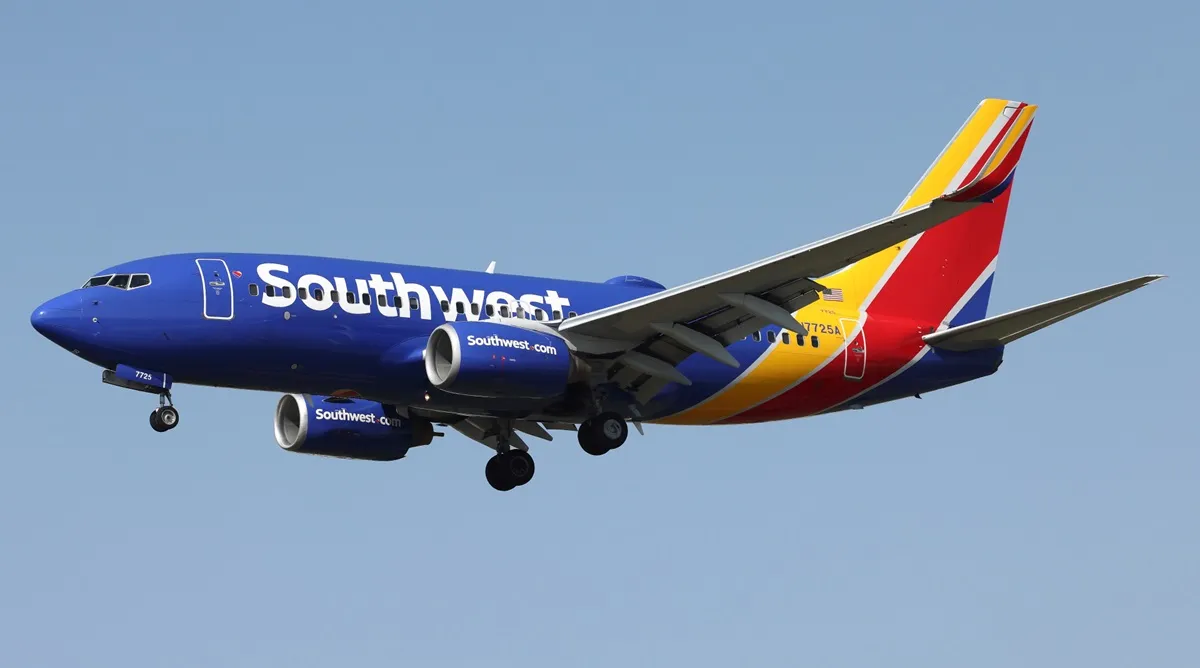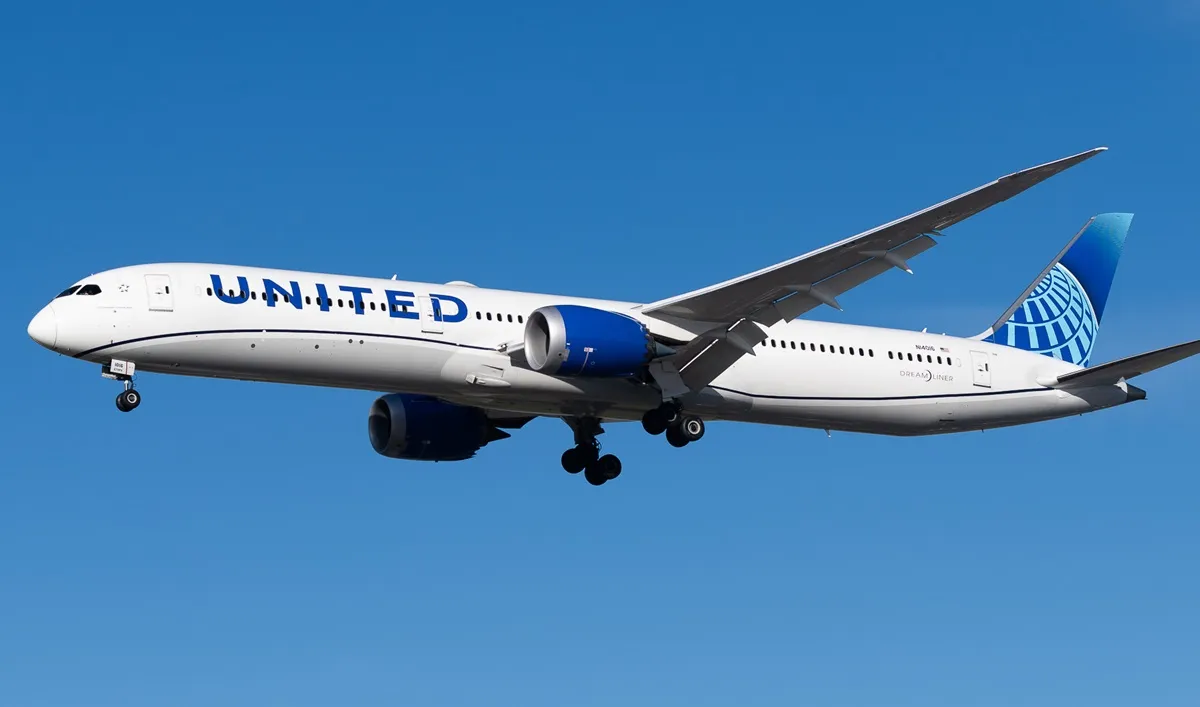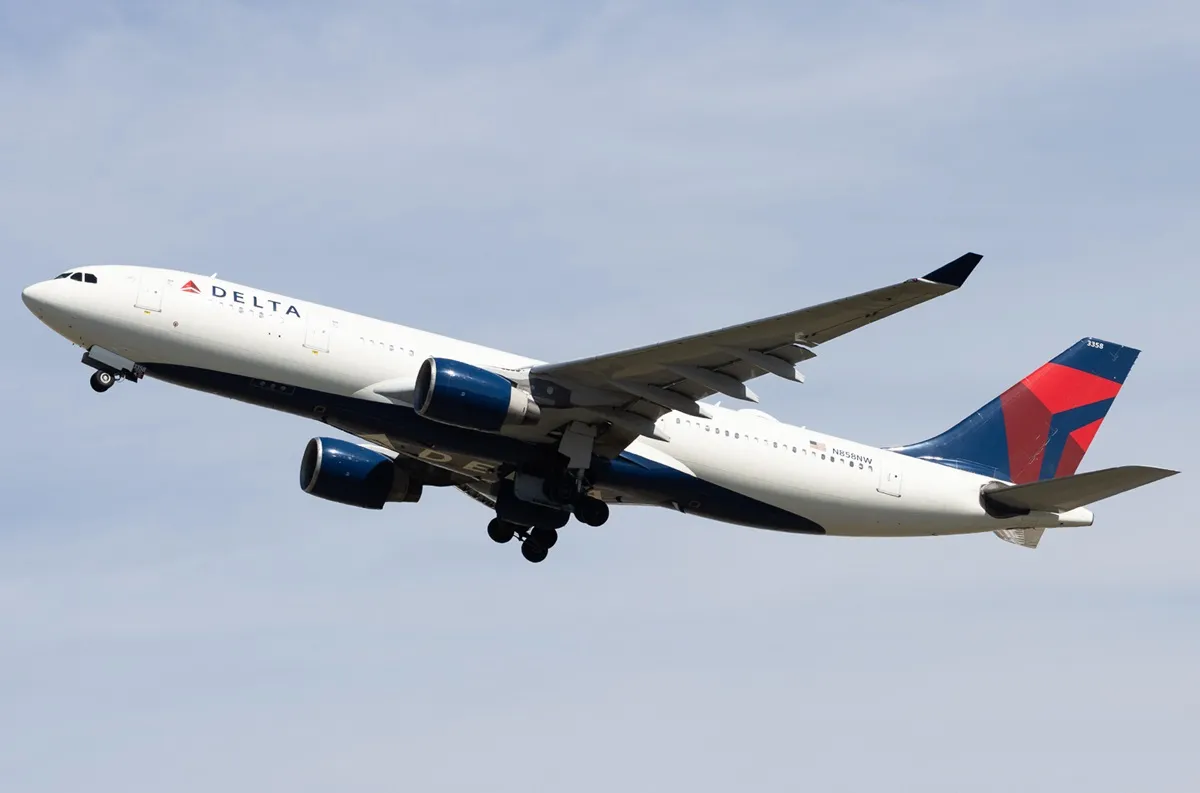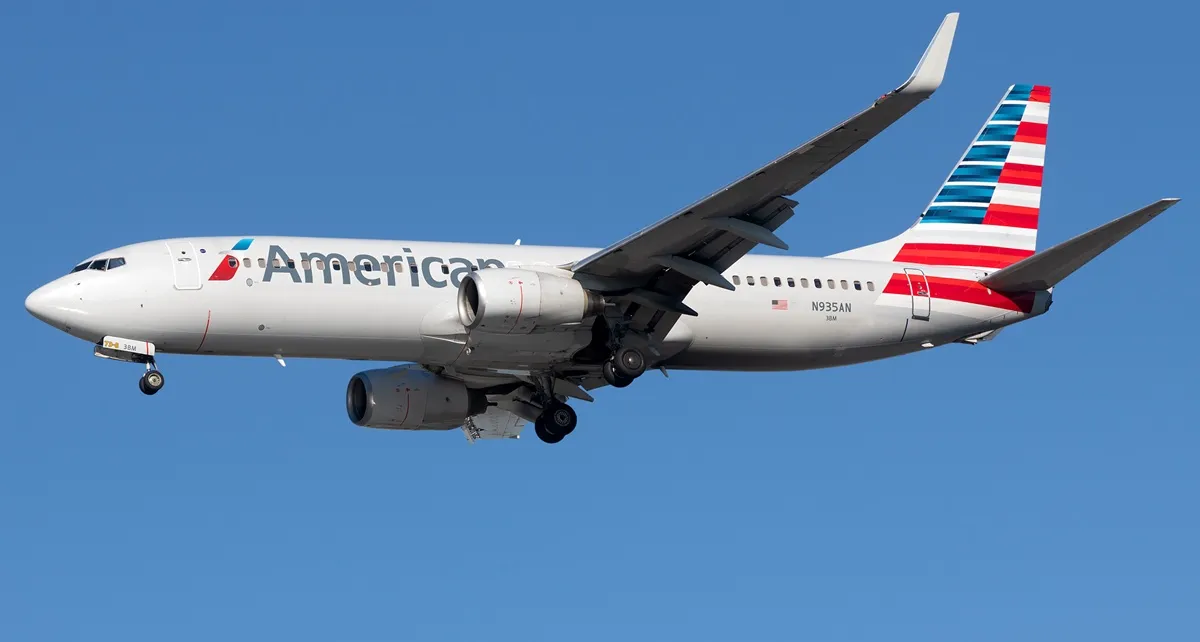
American Airlines has long lagged behind its two principal competitors, Delta Air Lines and United Airlines, both in terms of profitability and perceived service quality. There has been a consistent decade-long stretch in which American Airlines has continued to fall behind these two competitors.
The airline’s stock price has not remotely recovered in the same manner as Delta's and American’s, leaving industry investors in particularly difficult positions.
Furthermore, the airline has routinely lost market share to these two principal competitors in many key competitive markets.
Most notably, the airline’s market share has been increasingly captured by JetBlue and Delta Air Lines at John F. Kennedy International Airport (JFK), which has historically served as American’s principal East Coast gateway.
In Los Angeles, the story is roughly the same, with both Delta and United capturing large market shares and keeping American from growing its presence in this ultra-premium market.
In one-to-one competition at Chicago O’Hare International Airport (ORD), American Airlines again comes in second place behind United Airlines.
Industry analysts have a few different ideas about what could be setting American back
For the past few years, industry analysts have attempted to understand why American has continued to fall behind, with many different theories being floated.
Some believe that the airline’s inability to cater to premium travelers has been the issue, while others have pointed to problems related to the airline’s Boeing 737 MAX and Airbus A320 family fleets.
Most notably, some have even argued that the airline’s Sun Belt-oriented route network is one of the principal factors inhibiting its success.
However, in this article, we will be discussing another major theory behind what has limited the success of American Airlines relative to its competitors.
The carrier’s loyalty program AAdvantage, which has long been one of the industry’s largest and most important such programs, has a fundamentally different structure when it comes to airline-cobranded credit card offerings.
It has been a key feature of discussion within the commercial airline industry over the past few years that the success of an airline loyalty program is a critical catalyst for an airline’s overall financial success.
Namely, carriers with successful loyalty programs will have the best chance of consistently attracting and retaining high-spending passengers.
American Airlines’ AAdvantage program differs from Delta and American in a major way
Airline loyalty programs have several different ways to incentivize passenger loyalty. The most traditional of these methods is rewarding passengers with frequent flier miles for booking flights, which can later be used to book award travel.
This incentivizes passengers to book flights on a carrier and remain loyal to that airline.
For example, if one needs 4,000 additional miles for a free trip, they will make sure to fly with the airline that lets them earn those miles.
Other maneuvers, such as offering elite status to recurrent, high-paying passengers, has long also been a strategy used by loyalty programs to keep travelers loyal, especially when it comes to that critical demographic of high-spending business travelers.
However, one of the most important strategies that an airline uses to keep passengers flying is by offering cobranded credit cards through major banking partners.
Even for those who do not have an airline-cobranded credit card, it is safe to say that these cards are all over the place. Airlines advertise them nonstop, as to major financial partners, and these cards are an incredibly large piece of the consumer landscape.
American Airlines, however, has taken a different approach to offering cobranded credit cards than its principal competitors.
Delta Air Lines offers a single line of just four credit cards (sure there are more if you count the business-oriented cards), and United Airlines offers the exact same.
Both have a relatively similar product offering with the exception that Delta partners with American Express while United works with Chase Bank.
American Airlines, by contrast, partners with two different banks, and instead it has a broad line of credit cards, offering more than twice as many products as its two competitors.
While this may seem like a relatively marginal difference, one which could not possibly have a massive impact on American’s bottom line.
However, it most certainly does have some impact on customer perception, and it could be a factor behind the airline’s struggles in retaining high-spending customers in the most competitive markets. Let’s take a deeper look at American’s cobranded credit card offerings.
The carrier has two separate lines of cobranded cards
While most legacy carriers have a single line of cobranded credit cards, American Airlines has two separate sets. This primarily exists as a relic of the airline’s merger with US Airways all the way back in 2013.
When the carrier joined forces with this airline to create what was then one of the world’s largest individual airlines, the newly merged carrier had to inherit two separate brands of cobranded credit cards.
American Airlines itself had long had an agreement with Citibank to issue cobranded credit cards, and this agreement gave birth to the carrier’s current line of AAdvantage World Elite Mastercards. If it were up to American Airlines, this would be the only set of cobranded cards it offers.
However, the airline was obligated by contract to still offer AAdvantage Aviator cards through a former agreement made between US Airways and Barclays, according to NerdWallet.
As a result, American Airlines today offers both lines of credit cards, although the Citibank cards are promoted much more aggressively.
The airline's Citi AAdvantage Cards are fairly similar to those offered by Delta or American, ranging from cards with no fees all the way up to those that cost $595 per year. These cards also cater to a broad range of customers, including small business owners.
The Barclays Aviator cards offer significantly fewer benefits and follow a less standard tier system. They are more niche cards meant to target certain customer demographics.
These include some cards with no fees and also the unique $199 silver card which is principally targeted at those in search of elite status.
These two card networks do offer passengers a variety of choices, but this might not necessarily be a good thing.
This large set of cobranded cards may not be the best thing for American Airlines
The major challenge that exists when it comes to American's set of cobranded cards is that the carrier has an extremely fragmented portfolio. It is difficult for the airline to lure customers towards a single credit card product when they have so many different choices.
The airline also has to struggle with balancing the needs of two competing credit card issuers, which makes it hard for passengers to easily switch between and upgrade to more valuable cards.
Delta Air Lines, for example, does not suffer from this, as it can offer a single consolidated line of cobranded credit cards through its partner, American Express. The same roughly holds true for United Airlines.
At the end of the day, pushing these cards is essential in competitive markets like New York, Chicago, and Los Angeles, where consumers are high-spending and credit-oriented.
There is good news for American Airlines, however. Namely, the issues that the carrier faces as a result of this fragmented credit card portfolio could soon be eliminated. According to NBC News, American Airlines will be consolidating its credit card portfolio next year, with Citi being the exclusive issuer of AAdvantage cobranded cards starting in January 2026. Hopefully, this will help the airline address many of the challenges it faces as a result of its fragmented portfolio.



